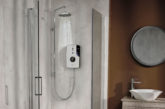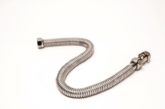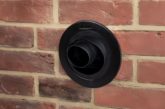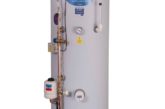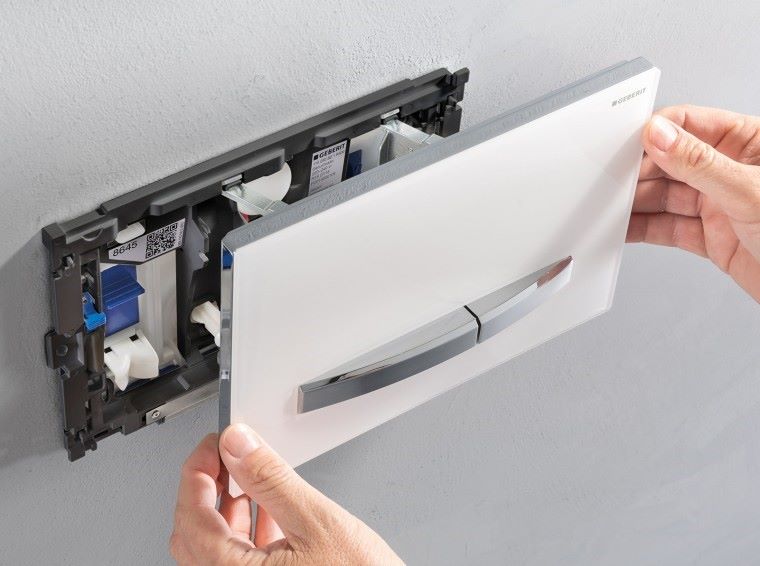
Property owners are becoming more environmentally aware, and with the cost of living crisis, they are looking to save water and in turn, save money. Sophie Weston, Marketing Manager at Geberit, takes a look at water-saving solutions to consider across residential and commercial projects.
According to the Energy Saving Trust, bathroom showers, toilets, baths and washbasins consume more than two-thirds (68%) of household water. Consequently, the bathroom is an ideal place to start when trying to reduce water usage and save money. With that in mind, here are four options to bear in mind when looking to recommend water-saving solutions.
1. Showers and baths that save
Showers are now the largest user of water in the home. Across Britain, we use around 840 billion litres each year, with £2.3 billion being spent on heating water for showers alone. To reduce water usage in the shower without compromising on performance, consider fitting showers with a regulator or aerator. An aerator combines air with water to give the feeling of power while regulators place an upper limit on flow rates.
Despite a shower using less water than a bath, people still like the choice. Manufacturers are continuing to develop space-saving tubs with a lower water capacity, providing the perfect option for saving water while still enjoying the occasional soak.
2. Water-saving WCs
It is estimated that an average household uses more than 33 litres of water from flushing every day, so introducing dual flush technology is the most effective way to reduce water consumption. Manufacturers are increasingly producing dual flush plates, which have the added functionality of a ‘low’ flush option, reducing water usage even further with every flush. For instance, Geberit’s Turboflush 2.0 uses controlled technology to improve flushing performance while using just 4.5 litres of water.
However, water-saving cisterns are only the first step. Maintenance and upkeep are essential. The integrity of washers in valves and flat rubber seals can degrade over years of usage so remind your customers to check their WCs for running water in the bowl when the toilet has not been flushed. In fact, water charity Water Wise estimates that between five and eight per cent of UK households have appliances which leak, particularly the WC, which can easily be avoided with proper care and maintenance.
3. Taps with built-in technology
At Geberit, we believe that sustainability starts with design which is why we consider this in every product we create, because even small changes in the bathroom can have a significant impact on a property’s water consumption. For instance, brassware with built-in water-saving technology offers better control of water usage.
Infrared taps that are proximity-activated eliminate the risk of accidentally leaving the water flowing. Taps fitted with this technology will usually halt the water even for the briefest of absences, such as when brushing teeth or reaching for the soap.
4. Commercial water-saving solutions
Water saving in homes is important. However, projects with higher footfall areas are just as essential in the bid to tackle water wastage. For commercial washroom projects, specifying the right urinal system can offer real water-saving opportunities. Manufacturers are now incorporating innovations such as different operation modes, with associated low operation and maintenance costs. For example, Geberit manufactures an integrated urinal flush control which can be operated using three power supply variants, while flushing out the urinal ceramic appliance with 0.5 litres per flush.
Additionally, some urinal systems incorporate a water-saving flush function and proximity flushes, making it ideal for heavy footfall washrooms. Flushing time is decreased when user frequency increases – so, for instance, the pre-set flush time is halved when another user approaches the urinal within one minute after the most recent flushing. Flow rate can also be reduced by changing the duration of the flush.








